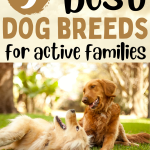
Selecting a dog that matches your family’s energetic lifestyle is essential for a harmonious household. Active breeds encourage physical activity that promotes your health and well-being. Further, they foster strong bonds through shared adventures. These dogs excel in various settings, eagerly participating in everything from rigorous hikes to casual backyard games.
Here’s your guide to the best dog breeds for families, ideal for keeping up with active lifestyles.
1. Australian Shepherd
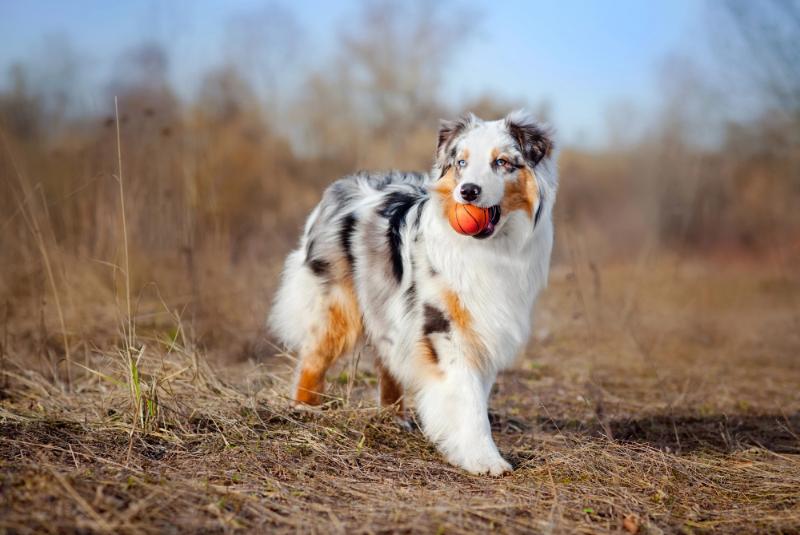
Originally bred for herding, this breed thrives on regular physical exercise and mental stimulation, making it perfect for someone like you who loves staying active. With its high intelligence and trainability, the Australian Shepherd excels in various dog sports like agility, obedience, and herding trials—ideal for keeping both of you engaged and entertained.
Its incredible agility and stamina mean it can join you on hikes, runs, or even bike rides, matching your pace step for step. Beyond their energy, Australian Shepherds are fiercely loyal and protective, qualities that make them excellent companions and guardians for your children. They naturally integrate into family life, building deep bonds with each member, including the kids.
2. Belgian Malinois
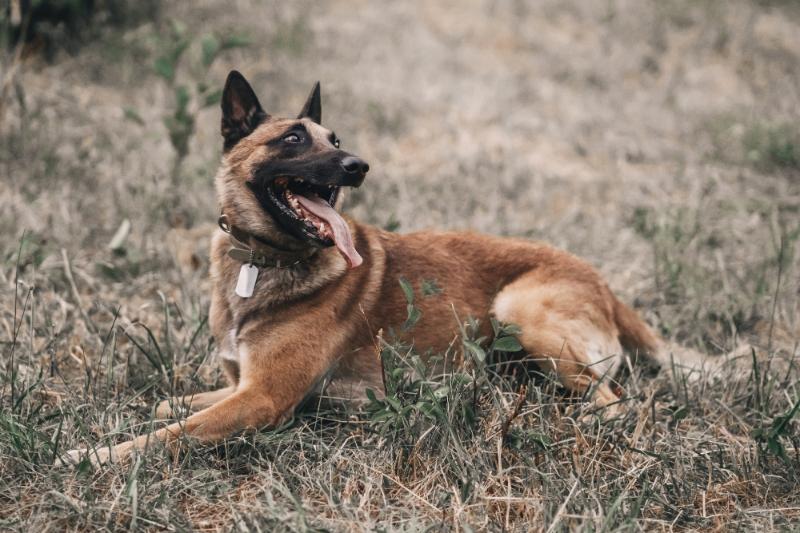
This breed stands out for its endurance, agility, and high intelligence, making it perfect for families that love vigorous activities like running, hiking, or participating in dog sports. These dogs are also mentally sharp, requiring consistent training and tasks to keep them mentally stimulated.
The diet of a Belgian Malinois is a critical aspect of maintaining its health and energy. High-quality dog food rich in protein and balanced in fats and carbohydrates helps maintain its muscular build and provides energy.
Its loyalty and protective instincts make it an excellent companion for security-conscious families, adding an element of safety to homes.
3. Labrador Retriever
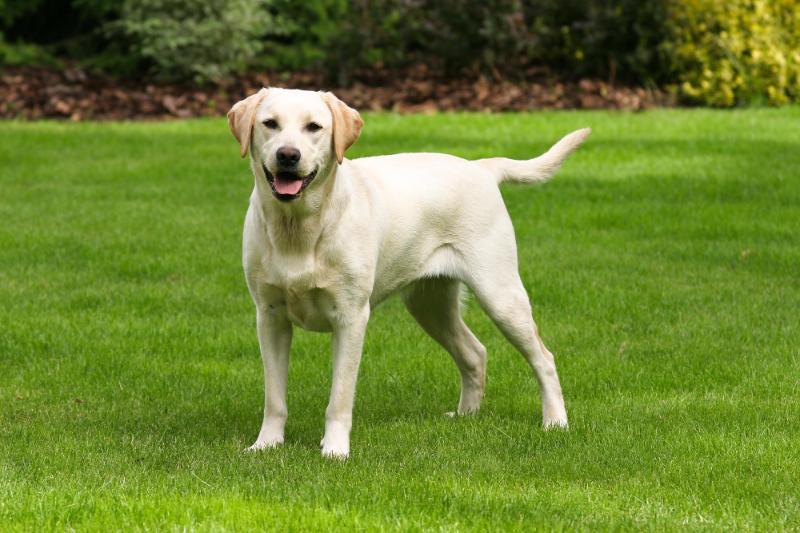
Labradors thrive in lively households and are always ready for any physical activity, be it a game of fetch, a run through the park, or a swim at the beach. Their enthusiasm and stamina are perfectly suited to keep up with an energetic family like yours.
Labradors are active, incredibly sociable, and good-natured, making them excellent family pets. They are particularly well-known for their patience and gentleness with children, ensuring they fit seamlessly into homes with young ones. This breed is trainable and eager to please, meaning it is a fantastic companion for all sorts of outdoor adventures and family activities.
4. Border Collie
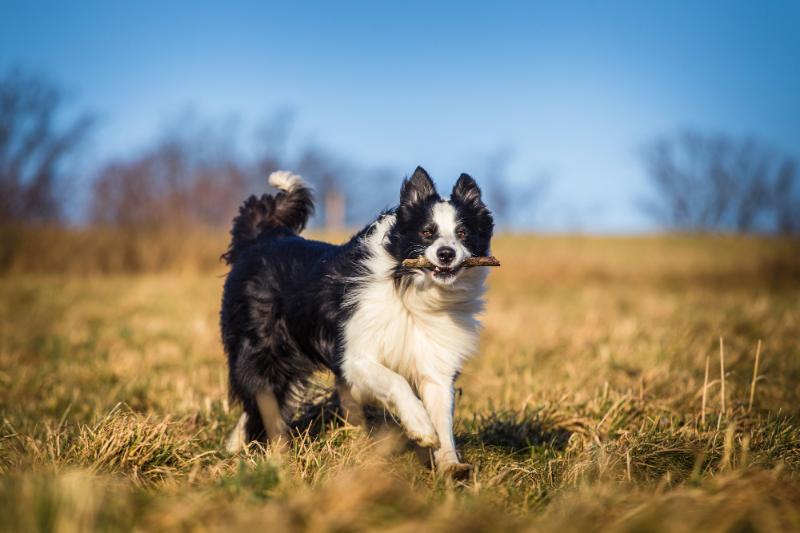
This breed is intelligent, and its responsiveness suits families interested in engaging their pets in complex tasks and training exercises.
Border Collies have an innate drive to work and a seemingly limitless reservoir of energy. These characteristics make it suitable for owners who can provide ample physical and mental stimulation, from structured activities like agility training and competitive sports to interactive games that challenge the intellect and agility.
The herding heritage also gives a Border Collie a natural propensity for understanding and reacting to human cues, making it an excellent partner when an activity requires teamwork.
5. Golden Retriever
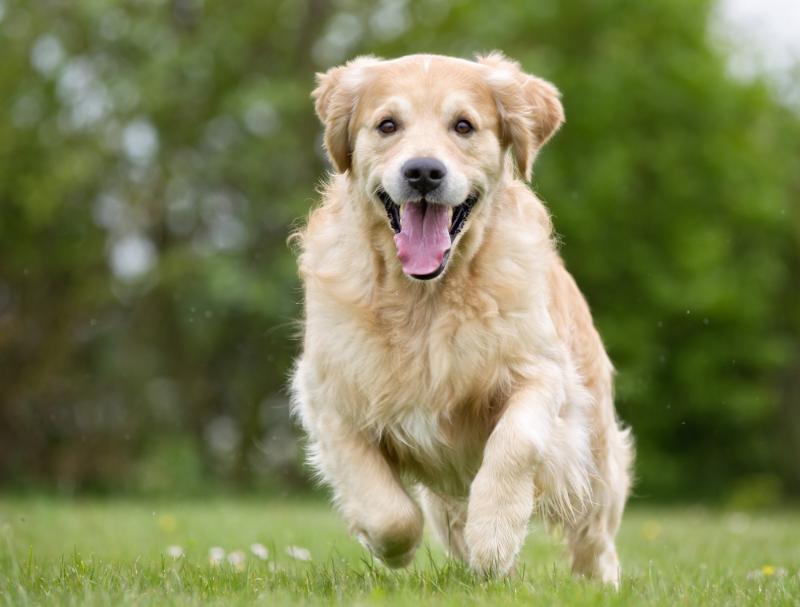
This breed is well-loved for its enthusiastic approach to life, participating eagerly in activities like swimming, fetching, and jogging alongside its owner. Their adaptability and eagerness to please make Retrievers easy to train basic commands and more complex tasks, which is ideal for families who enjoy interactive and outdoor adventures.
Golden Retrievers also excel in family settings due to their affectionate and gentle temperament. They are known for their patience with children, acting as playmates and gentle guardians.
In addition, Golden Retrievers are sociable dogs who get along well with other pets and people, ensuring that trips to parks or family gatherings are enjoyable and stress-free. Their reliable and predictable nature creates a harmonious and active household where the dog can thrive on the interaction and activity provided by family members.
Considerations When Choosing an Active Dog Breed
There are several key considerations to ensure that your new furry friend will thrive in your home environment and that you are ready to care for a high-energy pet.
Space Requirements
Active dog breeds typically require more space due to their energy levels. Before bringing a dog like an Australian Shepherd or a Labrador Retriever into your home, consider whether you have sufficient space for them to move around. Ideally, have a secure, sizable backyard where your pet can run and play freely. If you live in an apartment, be committed to providing daily exercise through walks, runs, or visits to the dog park.
Exercise Needs
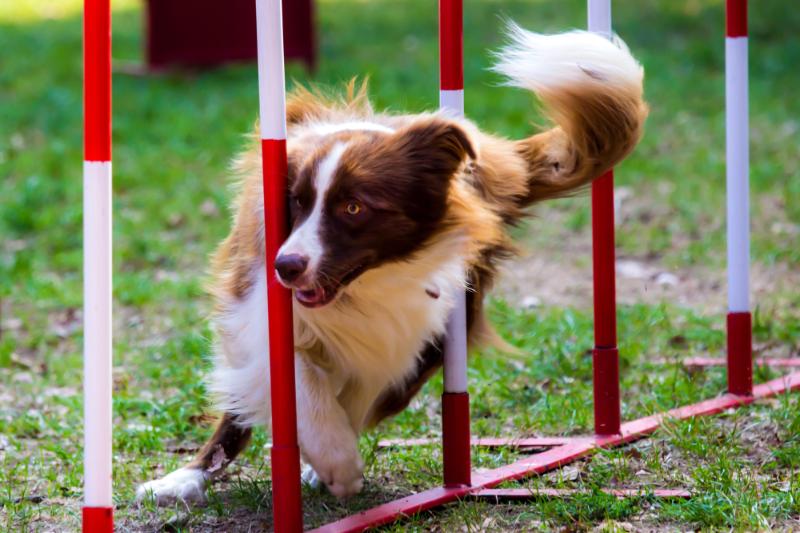
Each active breed has distinct exercise requirements. While all active breeds need daily physical activity, the intensity and duration vary. For example, Border Collies and Belgian Malinois require extensive physical exercise alongside mental stimulation to prevent boredom and destructive behavior. Consequently, ensure you have the time and energy to commit to multiple exercise sessions daily.
Health Considerations
Know common health issues associated with active breeds. For instance, Retrievers are prone to hip dysplasia and other joint problems that can worsen with excessive exercise. Regular check-ups with a veterinarian will help manage these health concerns. In addition, their diet and nutrition affect their overall health, energy levels, and lifespan.
Every dog breed has unique needs that should align with your lifestyle and energy levels. For example, while some dogs thrive on short walks and minimal exercise, others, like Border Collies or Belgian Malinois, require extensive physical activity and mental stimulation. Reflect on whether your current schedule allows for the necessary time and dedication to caring for the pet.
Additionally, think about future changes in your lifestyle, such as moves, new jobs, or family expansions, and how they might impact your ability to care for your pet. Choosing a breed that matches your long-term capacity ensures a harmonious relationship and a healthy, happy environment for your new companion.

